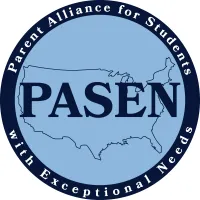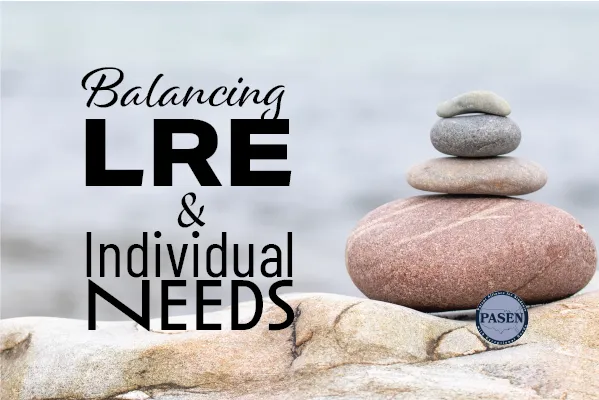
Balancing LRE & Individual Needs
“How can we influence positive change in special education? By focusing on the core reason these services were created in the first place... CHILDREN."
Introduction:
In the realm of special education, determining the most appropriate educational placement for students with disabilities is a complex and critical task. The concept of the Least Restrictive Environment (LRE) plays a significant role in this decision-making process. This blog post aims to provide a comprehensive understanding of the LRE and its impact on student outcomes. We will explore the continuum of LRE placements, examine the statutory requirements, delve into key court cases, and discuss the intersection of research and law in this context.

Overview of LRE
The concept of the Least Restrictive Environment (LRE) lies at the core of special education placement. While the Individuals with Disabilities Education Act (IDEA) does not explicitly mention "inclusion," it is assumed that children with disabilities will be placed in general education classrooms to the maximum extent possible. However, the LRE principle recognizes that some students may require more specialized support and services to meet their unique needs. The LRE continuum spans from general education settings with accommodations to more restrictive options, such as self-contained classrooms or special schools. The aim is to provide a Free Appropriate Public Education (FAPE) that balances inclusion with individualized support.
Continuum of LRE
The continuum of LRE offers various placement options for students with disabilities. These options range from general education classrooms with accommodations to the most restrictive placements, such as homebound or hospital settings. It is crucial to consider each placement option's benefits, drawbacks, and alignment with the student's needs. The continuum includes:
Regular education classroom with accommodations: This is the least restrictive placement where students receive accommodations and supports to access the general curriculum alongside their non-disabled peers.
Regular education with support: Students remain in the general education classroom but receive support from a special education provider, such as weekly monitoring or daily consultation, to ensure their educational needs are met.
Regular education with special education services and supports: Students remain in the general education setting, and special education services and supports are provided within that environment. These services are aligned with the general curriculum.
Regular education with part-time special education services: Students spend part of their day in a resource room or special education classroom to receive individualized or small-group instruction while participating in general education classes.
Self-contained special education classroom: Students with more intensive support needs receive instruction in a separate classroom designed specifically for students with disabilities.
Special day school: Students attend a separate school that focuses on providing specialized education and services to students with disabilities.
Homebound: Students unable to attend school due to physical or mental health challenges receive instruction at home.
Hospitals, residential treatment facilities, and detention facilities: These are the most restrictive placements, typically reserved for students with severe medical or behavioral needs.
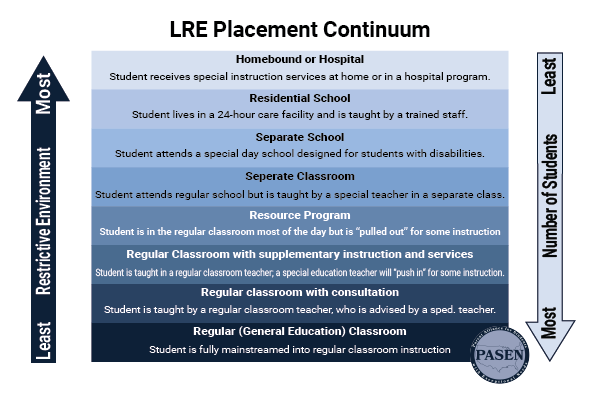
Statutory Requirements for LRE
Understanding the statutory requirements for LRE is crucial for ensuring compliance with the IDEA. Although the term "least restrictive" may have negative connotations, it is essential to appreciate its legal context. The IDEA emphasizes the importance of preserving a child's freedom from undue interference or control while providing access to an appropriate education. Placing a student in a general education classroom is viewed as the most liberating environment where they can interact with non-disabled peers and experience high expectations. However, the IDEA recognizes that a general education placement may not be suitable for every student, especially if it hinders their ability to receive a FAPE.
The intersection of Research and Law for LRE
Research and law intersect when considering the appropriate educational placement for students with disabilities. The law requires placing a child with disabilities in an environment that closely resembles the setting of their non-disabled peers to the greatest extent possible. Removal from a general education classroom should only occur if it prevents the child from receiving a FAPE. The continuum of service options must be considered, ensuring the least restrictive environment is chosen. For instance, inclusion classrooms provide opportunities for students to receive instruction in the general education setting with necessary support and accommodations. As the need for support increases, there may be more exclusion from general education classes to maintain the provision of a FAPE. Inclusion classes, where the child remains in one classroom taught by a special education teacher, are another option to balance inclusion and individualized support. Inclusion classes often involve shared classes, such as physical education or elective subjects, with non-disabled peers.
Placement Determination and IEP Process
The determination of a student's educational placement occurs during the Individualized Education Program (IEP) process. The IEP team, including parents, educators, and relevant professionals, collaboratively assess the student's needs and develop a comprehensive plan tailored to their unique requirements. Placement decisions should prioritize the general education setting and aim to maximize the student's chances of success. Factors such as the content outlined in the IEP, compliance with LRE requirements, the likelihood of achieving IEP goals, and potential adverse effects are considered. The IEP team should engage in thoughtful discussions, comparing the benefits and drawbacks of placing the child in a general education classroom versus a more specialized setting. It is crucial to document the placement decision and the justification based on the factors considered.
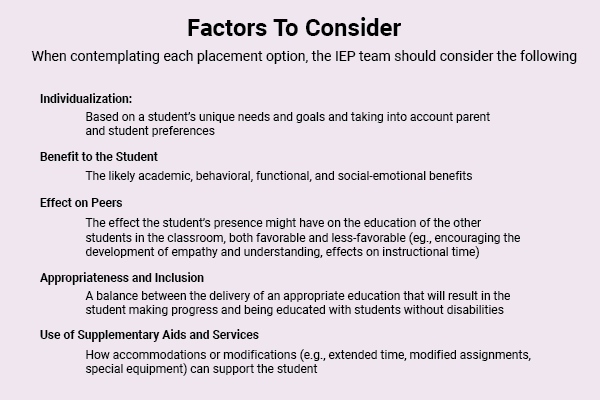
Annual Review
When a child is provided with an Individualized Education Program (IEP), it is essential that the IEP is reviewed at least once every 12 months from the date of its implementation. However, it can be agreed upon by the IEP team and the parent to conduct an earlier review if necessary. During this review, the student's current performance, progress, needs, and placement are assessed, and the IEP is updated accordingly.
It is worth emphasizing that an IEP does not have an expiration date. If an annual review is not conducted within the designated 12-month period, the existing IEP remains in effect until a review can be carried out. The same applies to triennial evaluations, which are typically conducted every three years. If the triennial evaluation is not conducted, the previous IEP will continue to govern the child's education.
In the event that the school insists on changing the placement or making other modifications to the IEP, but the parent disagrees, the parent has the right to refuse to meet with the school [34 CFR § 300.303(b)(1)].
It is important for parents to be aware of missed deadlines for review or evaluation. In such cases, it is advisable to email the principal and the head of the IEP team, expressing the desire to schedule a meeting as soon as possible. If a prompt meeting is not arranged, the parent may consider filing a state complaint for denial of Free Appropriate Public Education (FAPE). This would be considered a procedural violation in the provision of FAPE.
Changing Educational Placement
When a child's placement needs reconsideration, parents should gather data and reasons to support their request. This documentation will be presented to the IEP team, who will also provide their own data. If the request is denied, parents can pursue options such as mediation or filing a complaint. It's important to review the placement decision with the IEP team and consider all four factors outlined in the LRE Decision Tree. Assessment is required before declassification or removal from special education, and parents should be involved in decision-making, except in specific circumstances like graduation or reaching the maximum age for FAPE eligibility.
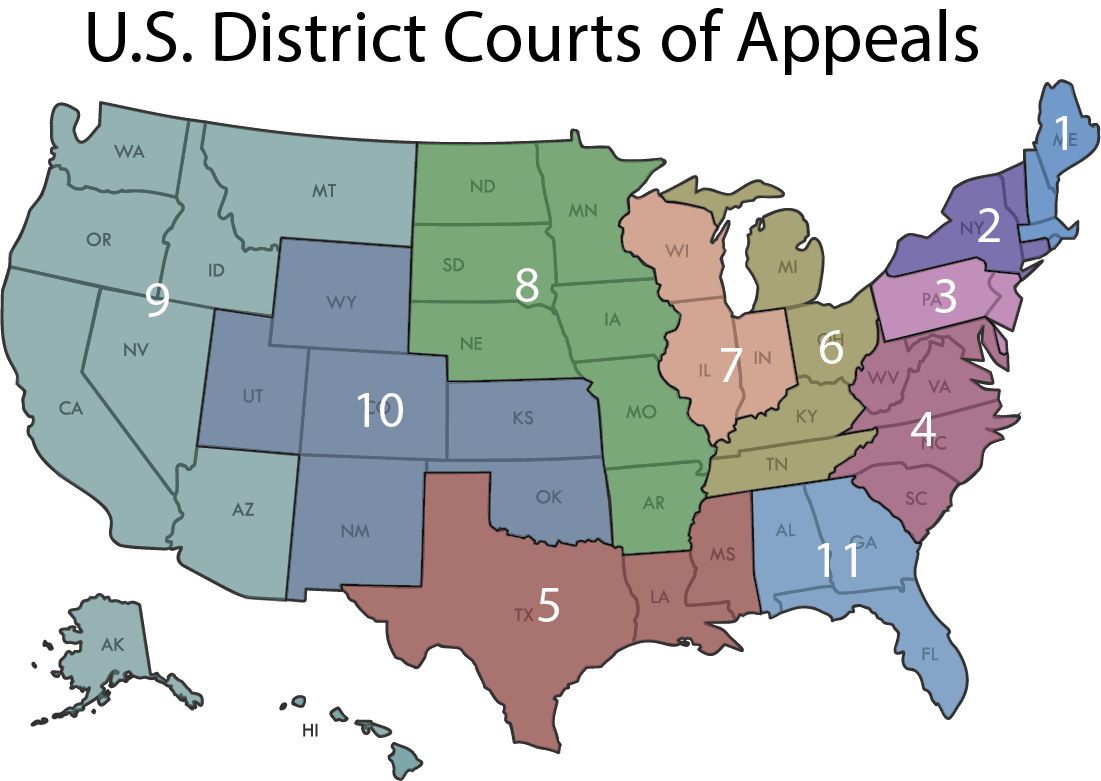
Key Court Cases Interpreting the Law
Several key court cases have shaped the interpretation and application of the LRE principle. For example, Roncker v. Walter established the Roncker Portability Test, emphasizing that if the services that make a segregated placement superior can be feasibly provided in a non-segregated setting, the segregated placement is inappropriate. Daniel R.R. v. SBOE introduced the Daniel Two-Part Test, focusing on the ability to achieve educational benefits in a regular classroom with supplemental aids and services, followed by evaluating the maximum extent of mainstreaming appropriate for the child. Oberti v. Board of Educ of Borough of Clementon Sch Dist adopted the Daniel Two-Part Test for assessing compliance with the LRE requirement and emphasized the effects of a disabled child's presence on the regular classroom. These cases highlight the importance of considering academic and non-academic benefits, as well as the impact on the teacher and peers when determining placement.
Other Cases to Consider
L.H. v. Hamilton County Dept of Ed., Case Nos. 17-5989 &18-5086 (6th Cir. Aug. 20, 2018)
R. M. v. Gilbert Unified School District, No. 17-16722 (9th Cir. 2019)
Greer v. Rome, 950 F.2d 688 (11th Cir. 1991)
Sacramento v. Rachel H. 14 F.3d 1398 (9th Cir. 1994)
Light v. Parkway 41 F.3rd 1223 (8th Cir. 1994)
Clyde K. v. Puyallup 35 F.3d 1396 (9th Cir. 1997)
Hartmann v. Loudoun, 118 F. 3d 996 (4th Cir. 1997)
Hudson v. Bloomfield Hills, 108 F.3d 112 (6th Cir. 1997)
Doe v. Arlington County, 41 F.Supp. 599 (ED. Va. 1999)
Conclusion
Special education placement requires a delicate balance between fostering inclusion and addressing the individual needs of students. The LRE principle serves as a guiding framework in determining the most appropriate educational setting. The continuum of LRE placements offers various options to meet the unique requirements of students with disabilities. By considering statutory requirements, conducting comprehensive assessments, and engaging in thoughtful discussions during the IEP process, educators and parents can navigate the complexities of special education placement effectively. Key court cases provide valuable insights into interpreting the LRE principle and offer guidance in determining appropriate placements. Ultimately, the goal is to provide an inclusive and supportive educational environment that maximizes each student's potential while ensuring they receive the individualized support they need to succeed.
